Oriental magpie-robin (Copsychus saularis)
Oriental Magpie-Robin (Copsychus saularis)
The Oriental Magpie-Robin is a small, charismatic songbird widely distributed across South and Southeast Asia. Known for its elegant black-and-white plumage and rich, melodious song, it is a common sight in gardens, woodlands, and urban parks. Males are especially vocal during the breeding season, often mimicking other bird species.
🐦 Identification
- Length: 19–21 cm
- Wingspan: ~25 cm
- Weight: 30–50 g
Appearance:
Male (breeding plumage):
- Glossy black head, back, and breast
- White belly and vent
- Distinctive white wing bars
- Long, black tail with white edges (often flicked upwards)
Female:
- Similar pattern but with slate-grey or brownish upperparts instead of glossy black
Juvenile:
- Mottled brown with duller markings
Its upright posture, long tail, and contrasting plumage make it unmistakable.
🌿 Habitat
- Highly adaptable; found in:
- Gardens
- Urban parks
- Scrublands
- Open woodlands
- Edges of forests
- Mangroves and plantations
Often seen perched on low branches, wires, or hopping on the ground in search of food.
🍽️ Diet
Insectivorous, but also an opportunistic feeder:
- Insects and other invertebrates: beetles, grasshoppers, worms, spiders
- Occasionally small lizards, frogs, or even fruit and seeds
- Will visit bird tables or scavenge food scraps near human dwellings
Actively forages on the ground, flicking its tail and hopping between spots.
🔁 Behavior & Life Cycle
Vocalizations:
- One of the most talented songbirds in Asia
- Males sing complex, melodious phrases, often mimicking other species
- Song used to attract mates and defend territory
- Also produces sharp alarm and contact calls
Breeding:
- Breeding season: March to July
- Nesting sites: tree holes, wall crevices, building ledges, even flowerpots
- Nest: cup-shaped, made of twigs, roots, and leaves
- Clutch: 3–5 eggs, pale blue with brown speckles
- Both parents feed the chicks; highly territorial during nesting
Behavior:
- Diurnal and territorial
- Often seen singing from prominent perches
- Frequently flicks and fans its tail, a key behavioral trait
🌍 Distribution
- Widespread in:
- India, Bangladesh, Sri Lanka
- Southeast Asia: Thailand, Myanmar, Laos, Cambodia, Vietnam
- Southern China
- Indonesia, Malaysia, Philippines
Introduced and established in parts of Taiwan and the Mauritius Islands.
🧬 Interesting Facts
- Was once the national bird of Bangladesh.
- Its beautiful song has made it a target for the illegal cage bird trade, which has reduced populations in some areas.
- In Thai, it’s called “นกกางเขนบ้าน” (nok kangkhen ban) — literally “house magpie-robin”.
- Plays an important role in insect control in rural and urban gardens.
🛡️ Conservation Status
- IUCN Red List: Least Concern
- Still common across most of its range
- Local threats:
- Trapping for the cage bird trade
- Habitat degradation
Protection efforts focus on legal enforcement against trapping and raising awareness of its ecological role.
The Oriental Magpie-Robin (Copsychus saularis) is a beloved backyard songbird, admired for both its beauty and its voice. Its adaptability and melodious presence make it one of the most recognizable and cherished birds in Asia.
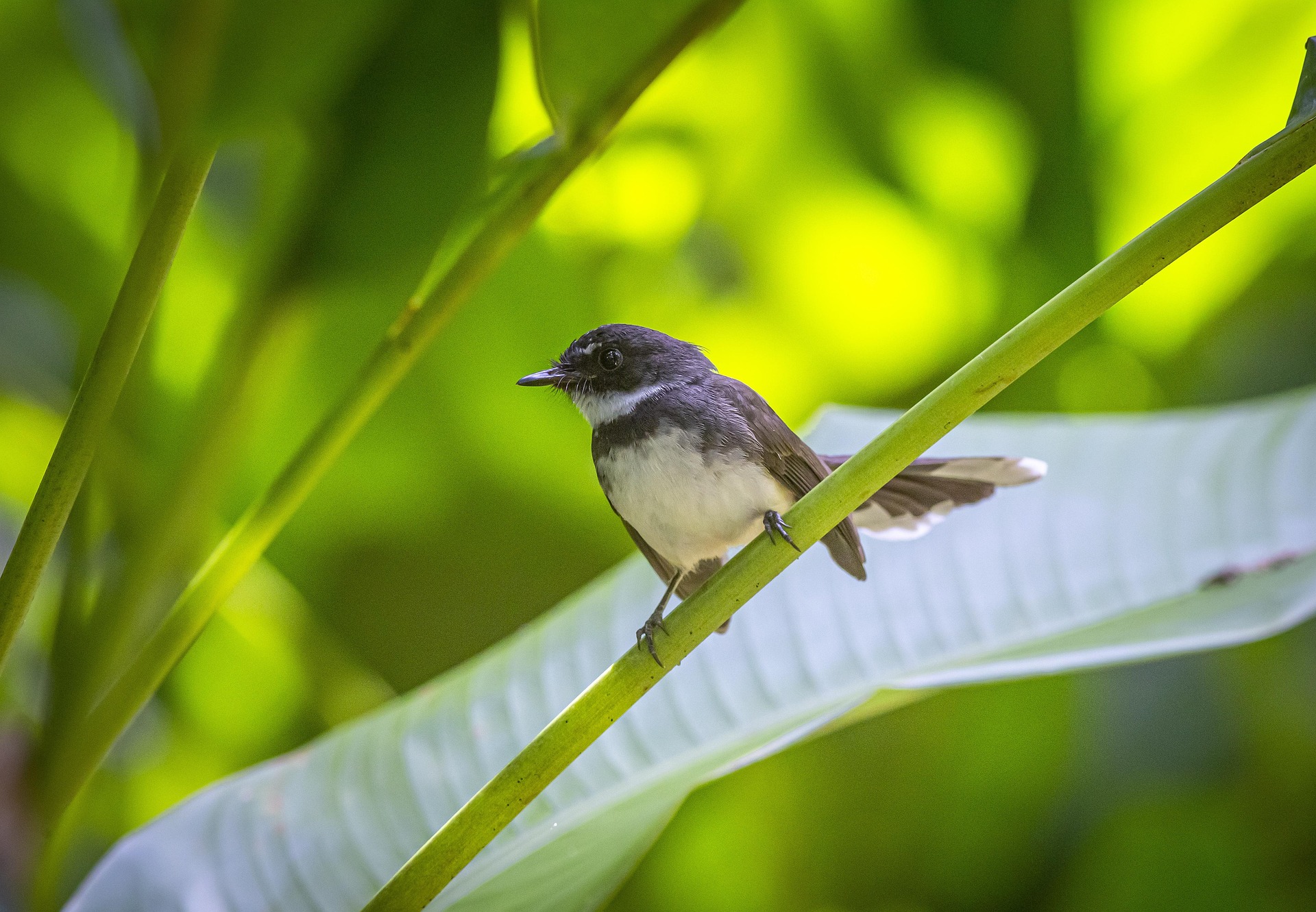

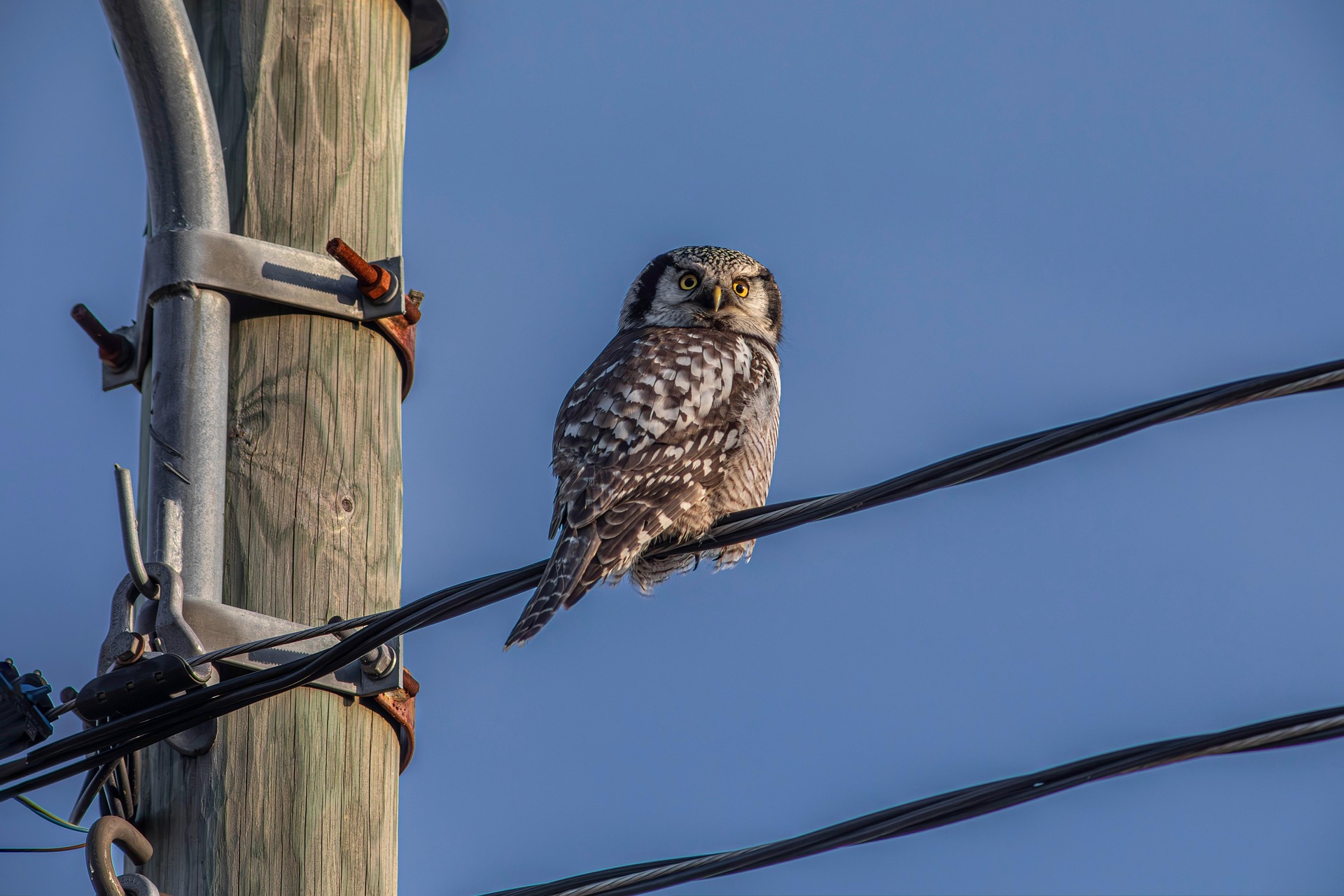
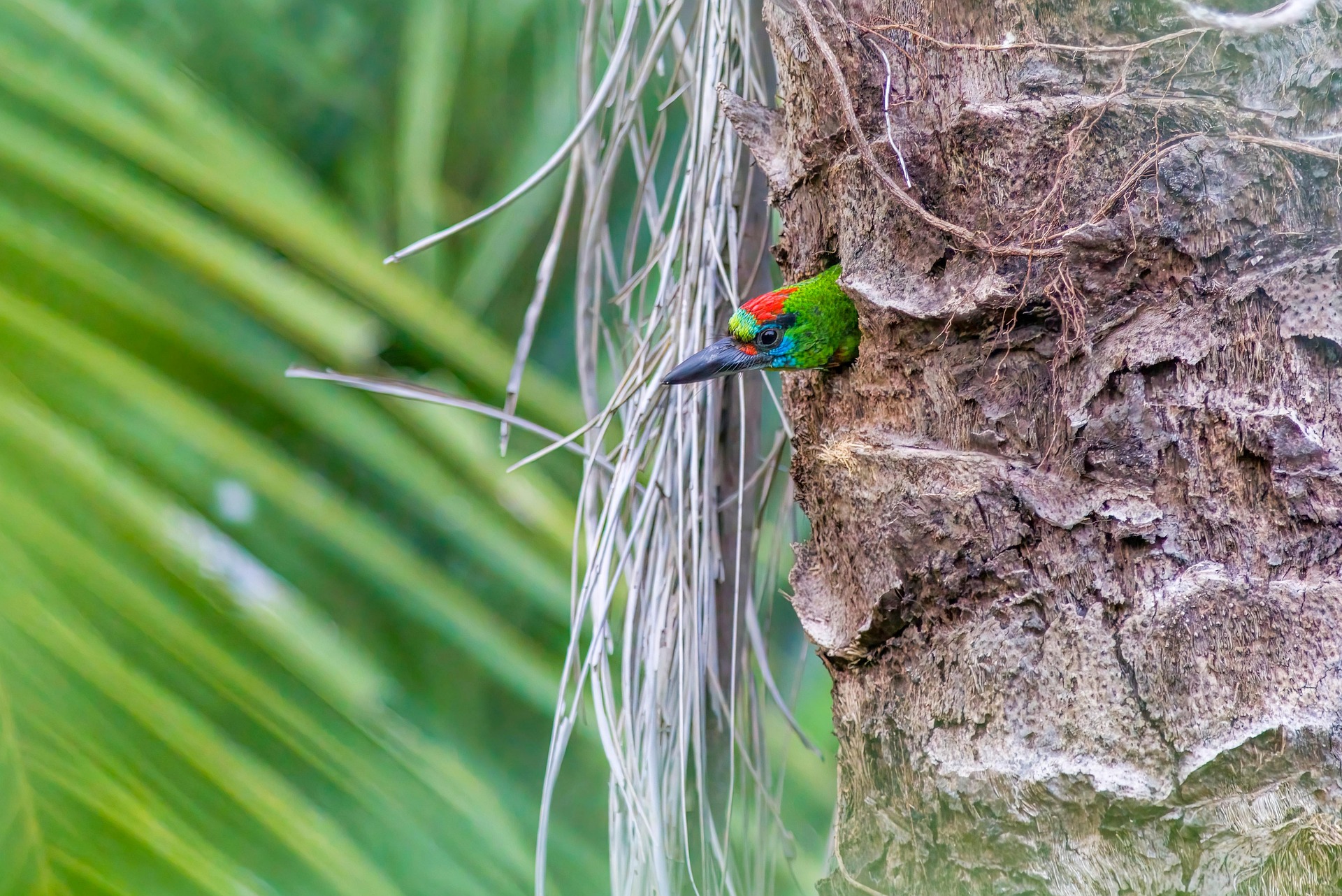


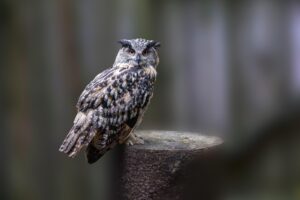

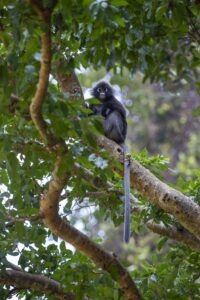


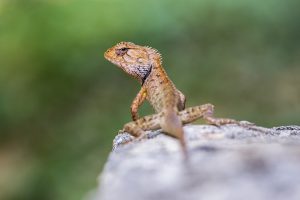

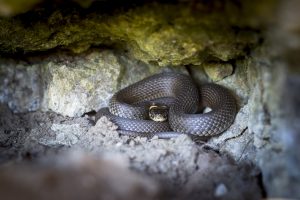
Post Comment